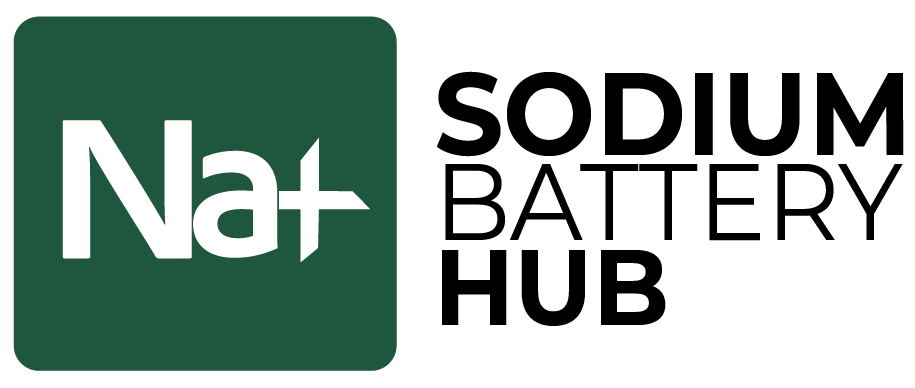China’s leading battery manufacturer, CATL, has introduced a game-changing Sodium-ion Battery, also known as the ‘salt battery.’ Emerging as a low-cost alternative to traditional lithium-based batteries, it is poised to disrupt the global electric vehicle (EV) market. With an energy density of 175 Wh/kg, the salt battery outperforms many existing options, including lithium iron phosphate (LFP) batteries, in affordability and safety.
Safety and Performance: Key Features of CATL’s Salt Battery
CATL’s Sodium-ion Battery replaces lithium with the more abundant sodium resource, retaining high energy density seen in LFP batteries without the associated risks of explosion and chemical reactivity. Launched during CATL’s Tech Day in Shanghai on April 21, 2025, the new battery also boasts improved cold-weather performance. These features make it an appealing choice for mass-market EVs globally.
U.S. Allies Feel the Heat in the EV Battery Market
The disruptive innovation has sent shockwaves through the industry. Korea’s top three battery manufacturers—LG Energy Solution, Samsung SDI, and SK On—are re-evaluating their reliance on nickel-cobalt-manganese (NCM) batteries. While NCM batteries dominate the U.S. EV market, with a remarkable 93.3% market share in 2023, Chinese advancements are forcing these companies to adapt or risk losing competitive footing.
Adoption of LFP Technology
To compete with CATL’s low-cost production edge, Korean manufacturers have shifted focus to LFP batteries. Reports indicate that both LG Energy Solution and SK On plan to roll out new LFP production lines this year. This move underscores the growing importance of cost-effective manufacturing and leveraging raw material availability in the evolving EV space.
NCM Batteries Hold Their Own
Despite the pressure, NCM batteries remain a strong contender in high-performance markets. By lowering nickel content and enhancing voltage, companies like LG are working to offer more efficient and affordable NCM options. For example, SK On recently secured a six-year, $2.9 billion agreement with U.S.-based EV startup Slate to deliver 20 gigawatt-hours (GWh) of NCM batteries.
Future Market Trends
NCM batteries’ global market share, which dipped slightly to 46.7% last year, is anticipated to rebound. Projections indicate a rise to 60.9% by 2030, driven by their superior energy density and compliance with government incentives like the U.S. Inflation Reduction Act (IRA).
Global Implications of Sodium-Based Innovation
CATL‘s sodium-ion technology embodies a shift toward resource diversification in the battery industry. With China’s state-backed research and development fueling rapid advancements, U.S.-aligned nations must weigh cost considerations against the security and reliability of non-Chinese supply chains. Although NCM batteries appear poised to remain dominant in key markets, CATL’s salt battery introduces fresh competition that could redefine the global balance of power in EV adoption.
As the world moves toward greener mobility, innovations such as sodium-ion batteries play a crucial role in shaping market trends. Whether through low-cost alternatives or high-performance solutions, the race for EV battery supremacy is accelerating like never before.
Disclaimer:
The content presented on this page has not been manually verified by our team. While we strive to ensure accuracy, we cannot guarantee the validity, completeness, or timeliness of the information provided. Always consult with appropriate professionals or sources before making any decisions based on this content.
The image is randomly selected and doesn’t necessarily represent the company or the news above.







